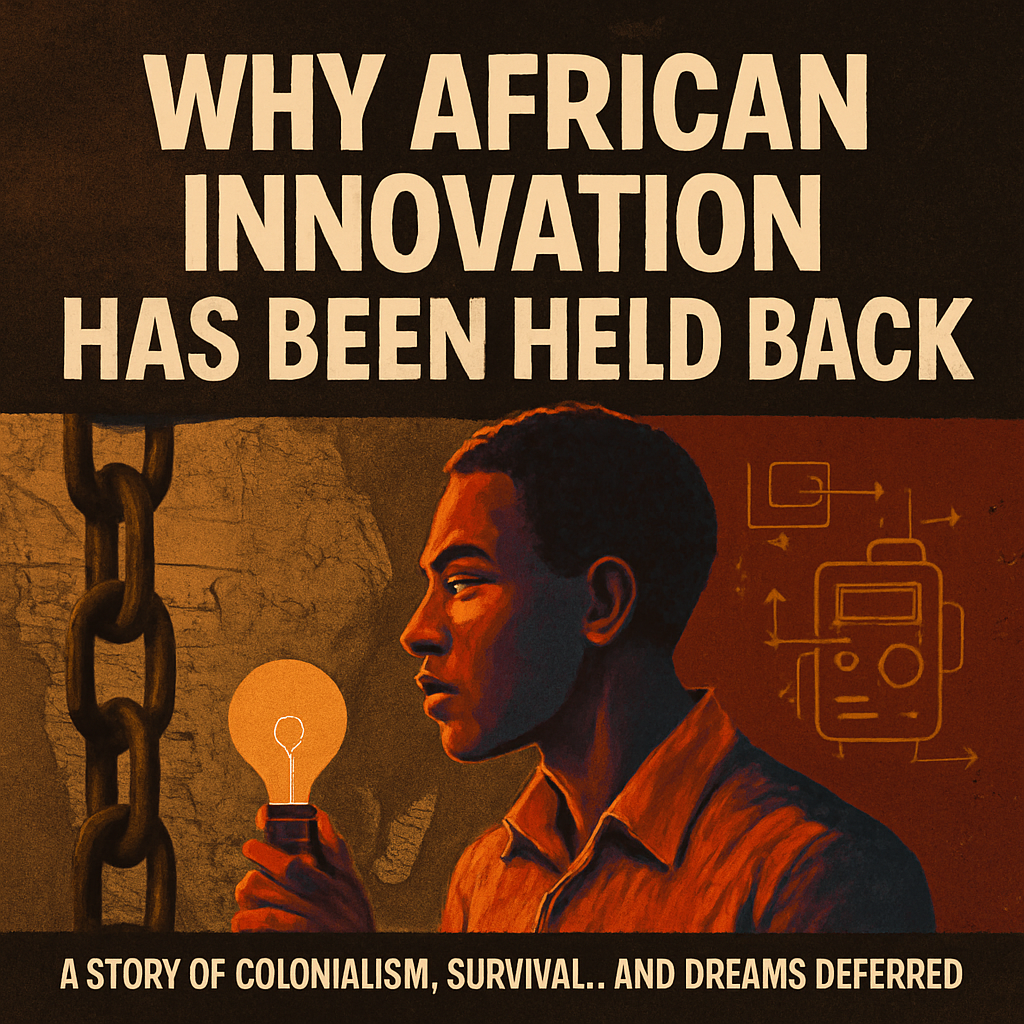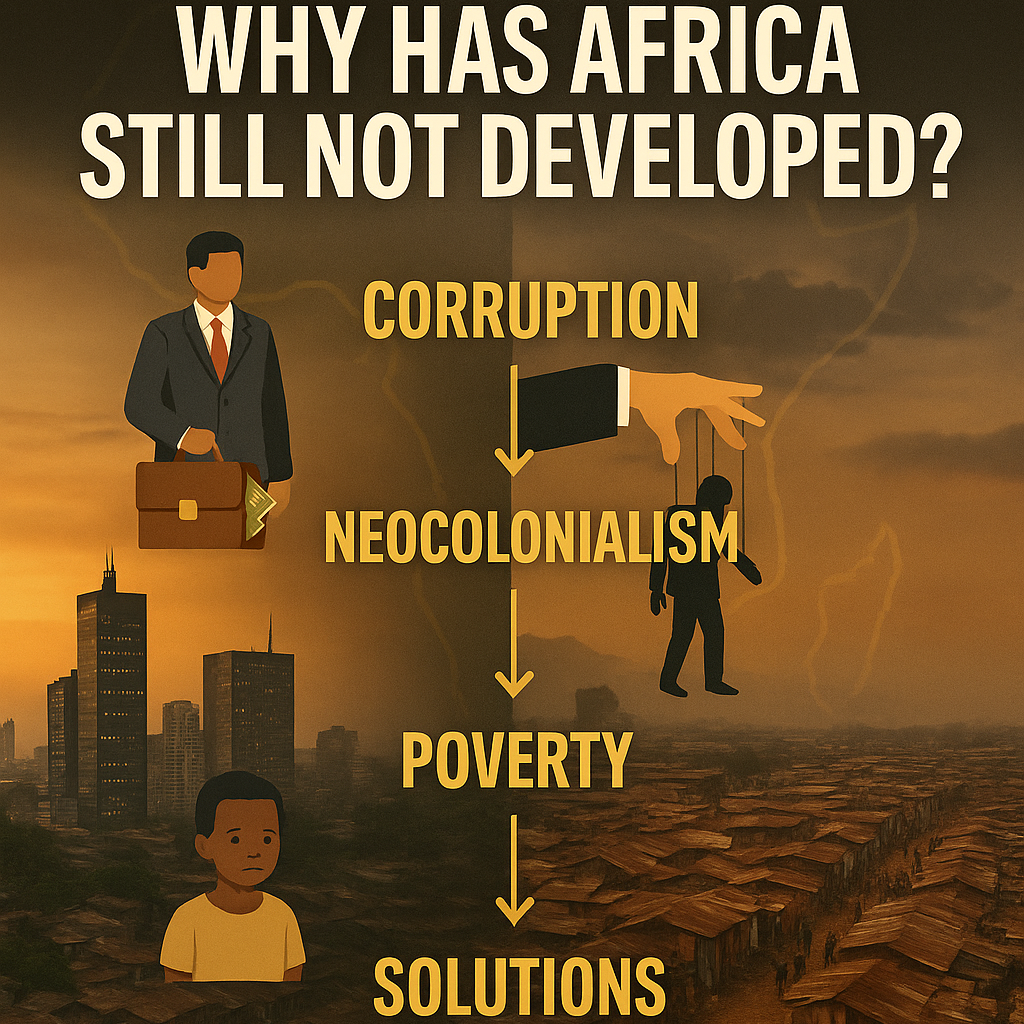An important and nuanced point about Africa’s paradox: a continent that is rich in cultural wealth, historical influence, and human potential, yet still lags behind in industrial development, self-sufficiency, and equitable prosperity.
1. Cultural and Historical Legacy
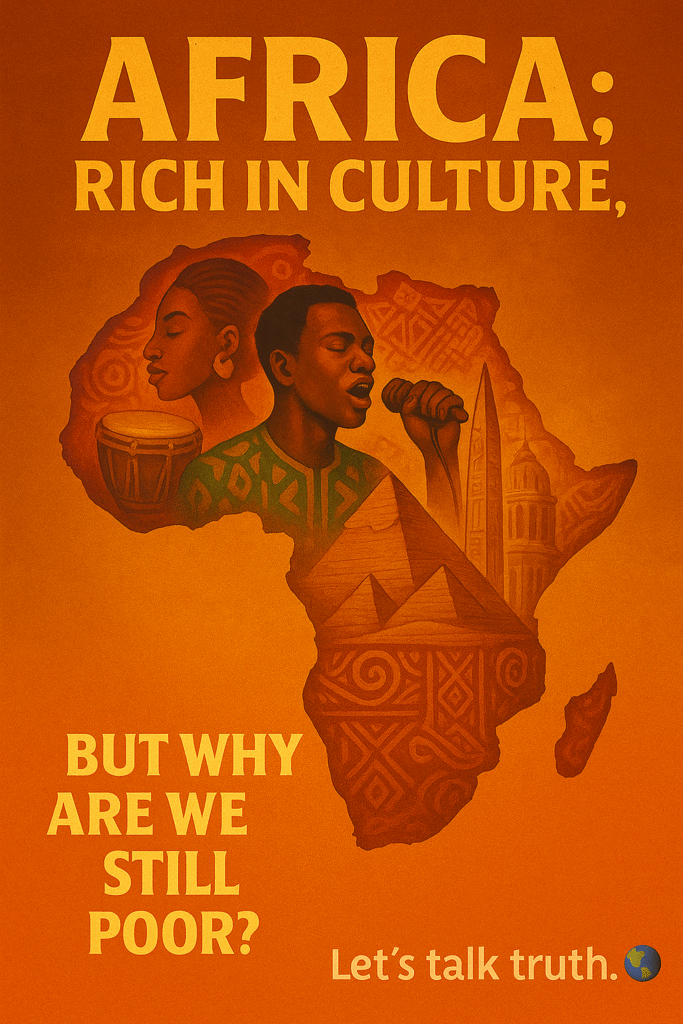
Africa is undeniably one of the most culturally rich regions in the world. From music and dance to fashion and storytelling, Africa’s creative expression has not only thrived locally but has influenced global trends:

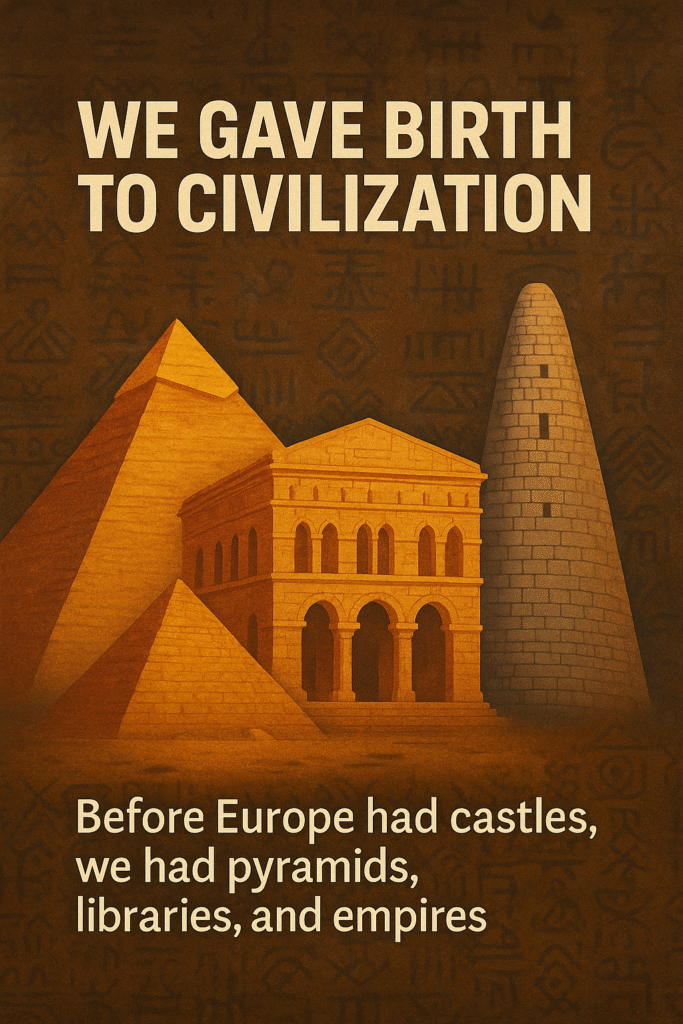
- Music: Afrobeat, Amapiano, Highlife, and other genres are now shaping international charts and inspiring global artists.
- Fashion & Design: African textiles, patterns, and aesthetics are frequently featured in global fashion weeks. Designers like Imane Ayissi, Thebe Magugu, and Rich Mnisi are gaining global acclaim.
- History: Africa is the cradle of civilization. Ancient Egypt, Mali’s Timbuktu, and Ethiopia’s Axumite Empire made lasting contributions in science, education, architecture, and governance.
Yet, this global admiration has not translated into widespread economic development or control over the narrative.
2. The Struggle: Poverty & Dependency
Despite its cultural brilliance, millions across Africa still live in poverty, with limited access to clean water, quality education, healthcare, and employment. Several root causes contribute to this:
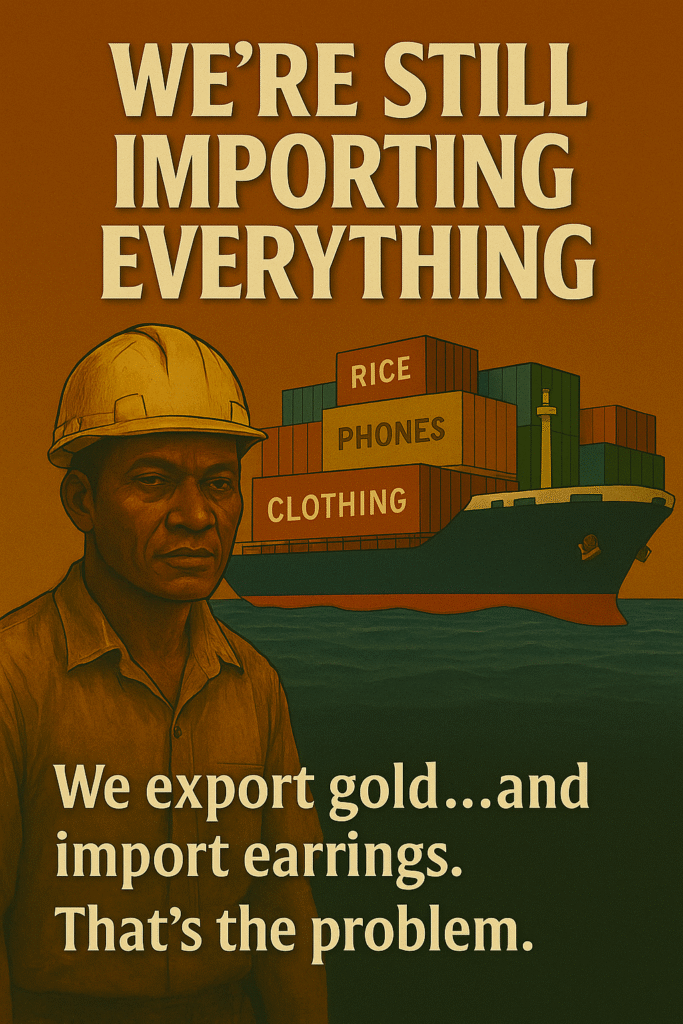
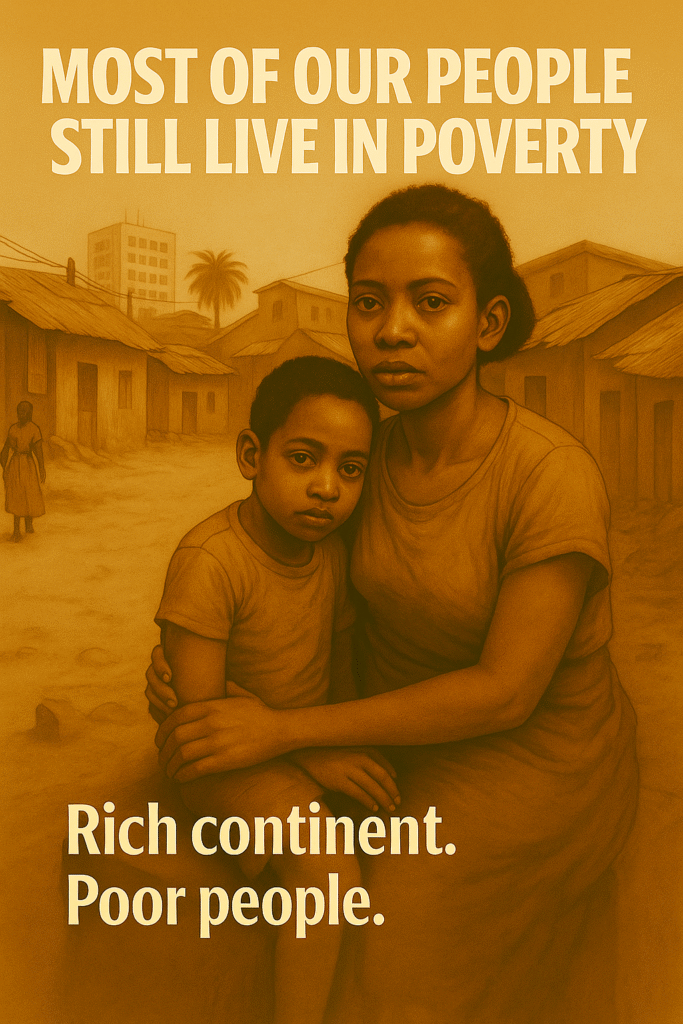
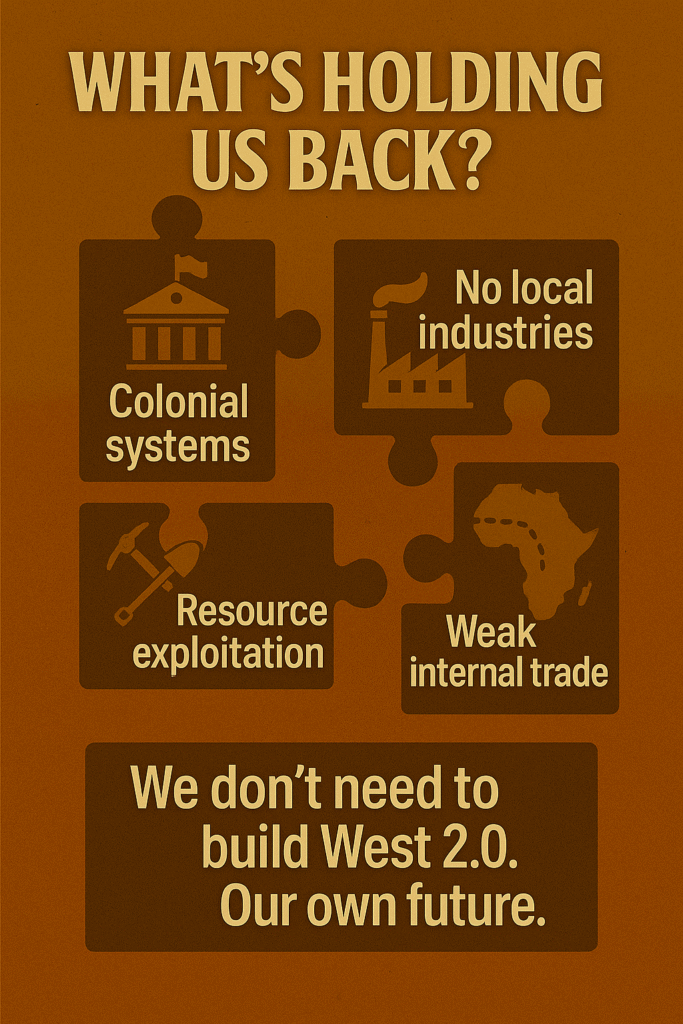
- Colonial Legacy: Centuries of exploitation and artificial borders disrupted indigenous governance and economic systems.
- Dependency on Imports: Most African countries rely heavily on imports, even for basic goods. Raw materials are exported cheaply and re-imported as expensive finished products.
- Lack of Industrialization: Africa produces little of what it consumes. This limits job creation, innovation, and export value.
3. The Manufacturing and Infrastructure Gap
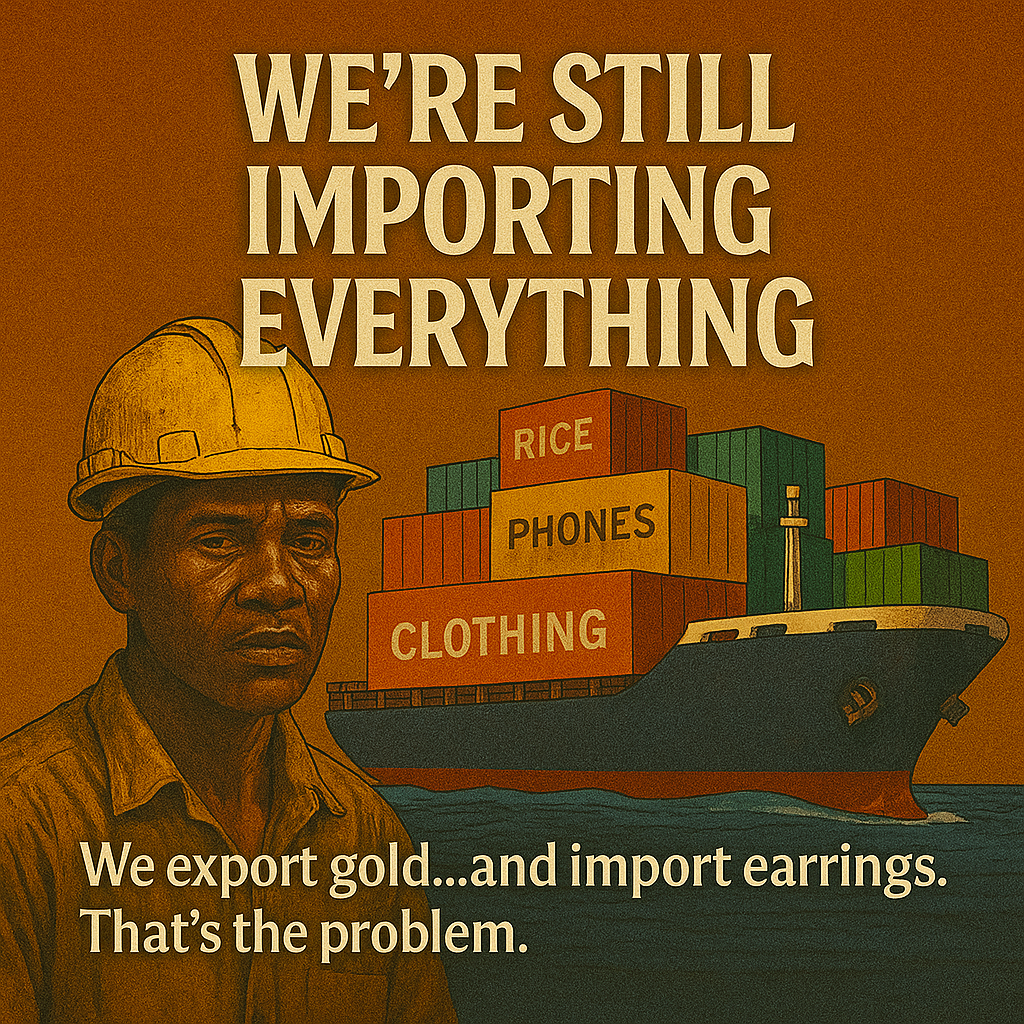
Manufacturing is the backbone of economic independence. Countries like China, India, and South Korea lifted millions out of poverty by becoming self-reliant in manufacturing. Africa, by contrast, still:
- Imports technology and machinery
- Depends on Western and Asian firms for infrastructure
- Lacks sufficient local industries, research institutions, and innovation hubs
Without a homegrown industrial base, it’s hard to create lasting wealth.
4. The Way Forward: Closing the Gap
To transform its destiny, Africa needs to shift from being a consumer to becoming a creator and owner of its future. Here’s how:
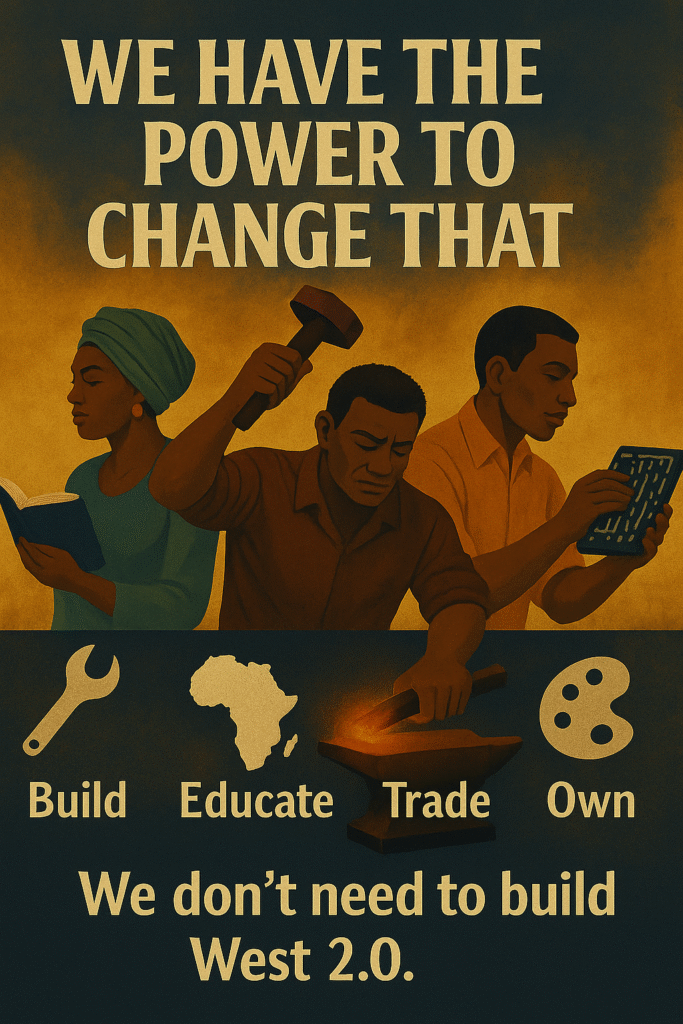

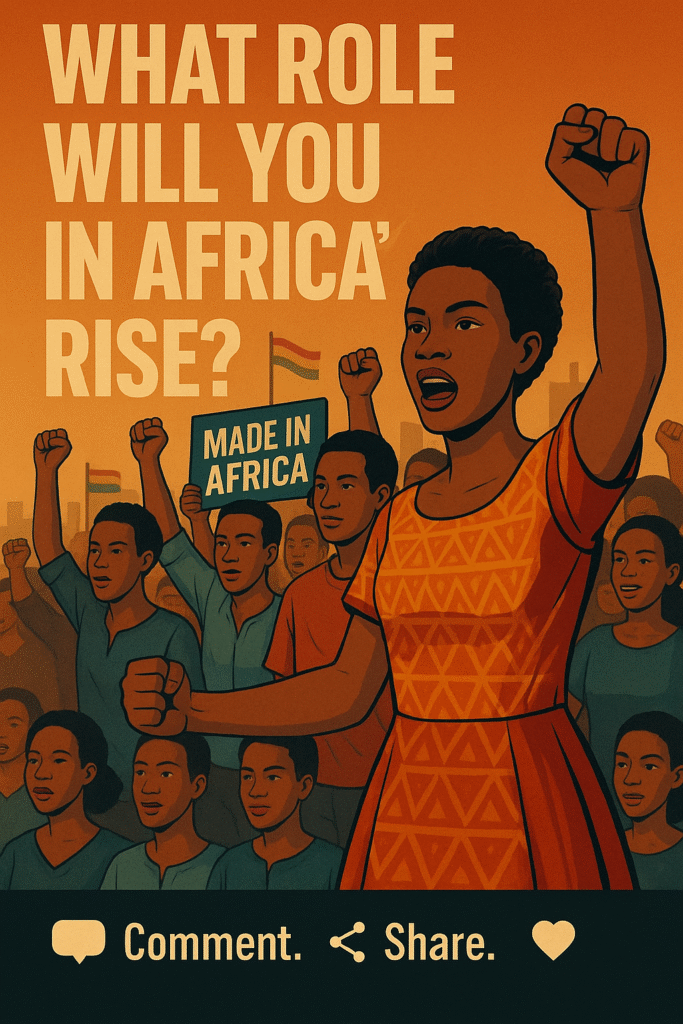
- Invest in Education & Skill-Building: Particularly in STEM, entrepreneurship, and creative industries.
- Encourage Intra-African Trade: The African Continental Free Trade Area (AfCFTA) is a step toward building internal markets.
- Support Local Manufacturing: Governments and private sectors must prioritize policies that support local industries, startups, and sustainable practices.
- Own Our Narrative: We must control our cultural exports and ensure African creators benefit from global interest in our art, music, and stories.
Conclusion
Africa’s story is not one of failure, but of potential yet to be fully realized. Its cultural leadership in the world proves that brilliance is not the issue. The task ahead is to match that excellence in art and identity with economic power, technological independence, and unified continental development.
Africa doesn’t need to copy the West—it needs to build its own version of success, rooted in its values, talent, and resources.

